Published August 2023 | Updated March 2024
Natural fiber floor coverings are derived from plant fibers and therefore are inherently absorbent. Exposure to the elements and changes in humidity levels can potentially create an environment for the growth of mold or mildew on your natural fiber rug.
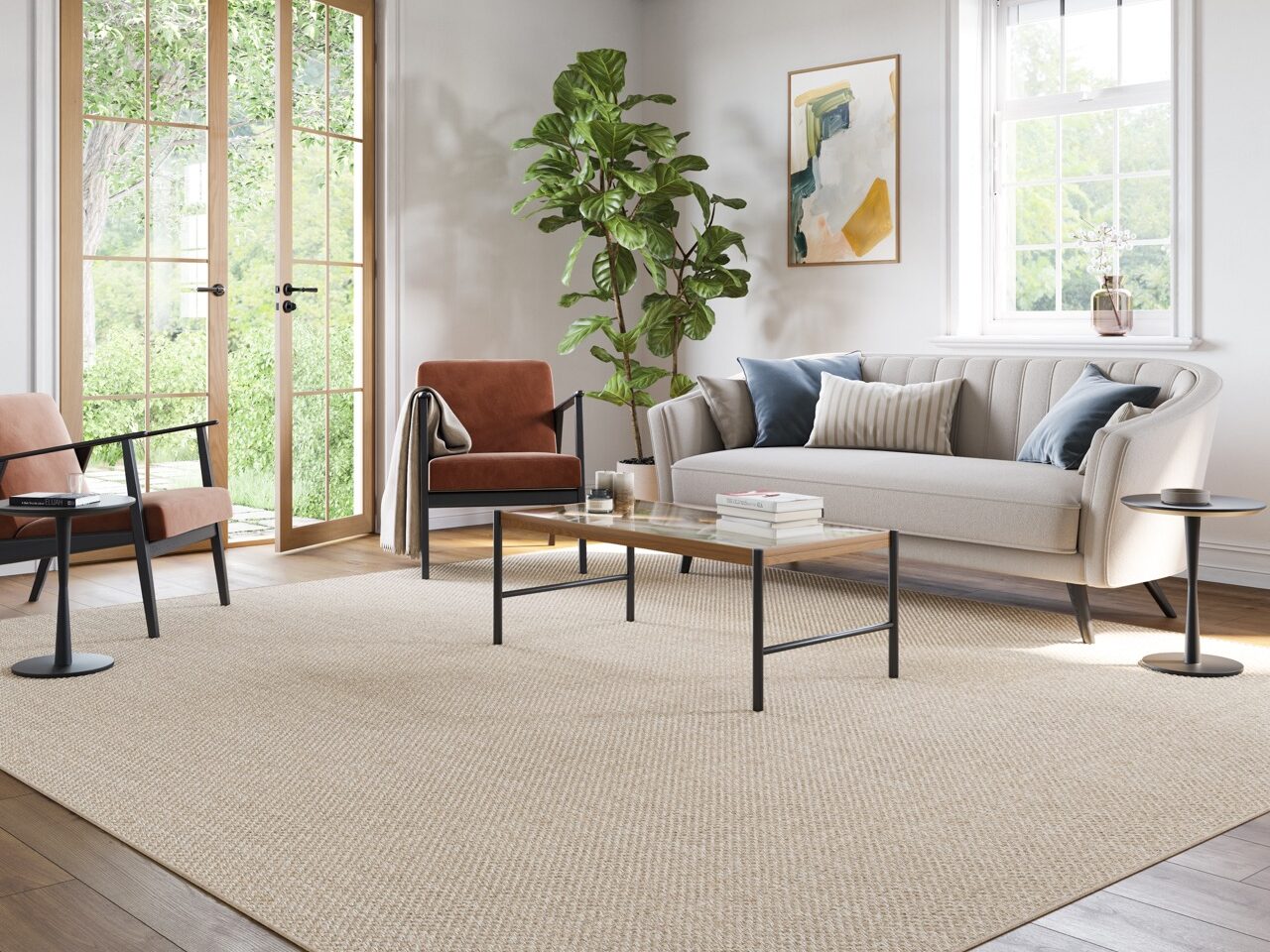
To help avoid this moldy situation, below are our suggestions for keeping sisal, seagrass, jute and other natural fiber rugs free from mold and mildew.
Placement of Your Natural Fiber Rug
Do not place your natural fiber rug where it’s humid, damp, or spills are likely to occur—so no basements, bathrooms, kitchens, porches or patios (even if they’re covered).
Many homes do have sisal or seagrass as a kitchen runner. If you are a studious house cleaner and/or live in a dry climate, a sisal or seagrass rug in a kitchen may be okay. Just clean spills quickly and be sure to air out the rug to dry.
Caution: Seagrass is especially susceptible to mold and mildew growth, so take extra care.
Cleaning Mold & Mildew From Your Rug
Mold and mildew spots may not respond to cleaning procedures that would work with other types of soil. With rugs woven from sisal, seagrass, jute or coir, we strongly recommend that you try a dry cleaning carpet kit (widely available online). If that doesn’t work, follow these cleaning instructions:
- Thoroughly mix one part liquid chlorine bleach with six parts water in a spray mist bottle.
- Test the mixture by spraying a little in a corner of the rug (not on the binding, if present). If bleaching occurs, dilute the solution and retest until it’s safe to use.
- Mist the solution lightly on the moldy area. Use a soft brush to work it down into the weave to reach all the mold growth.
- After five or ten minutes, rub the area with a clean, dry cloth. Repeat if necessary.
- When you are finished, dry the rug thoroughly within five or six hour period. Use a hair dryer on the damp spot if required or drape the rug over a something so air circulates underneath the rug.
Replacing Your Rug
If mold or mildew growth persists on your natural fiber rug, your setting is probably too humid for the use of your rug. Unfortunately, the rug is permanently damaged and poses a health risk. We recommend prompt removal and replacement with another material like synthetic sisal or woven vinyl. Rugs made from these materials are durable, easy to clean, and can handle a humid environment.
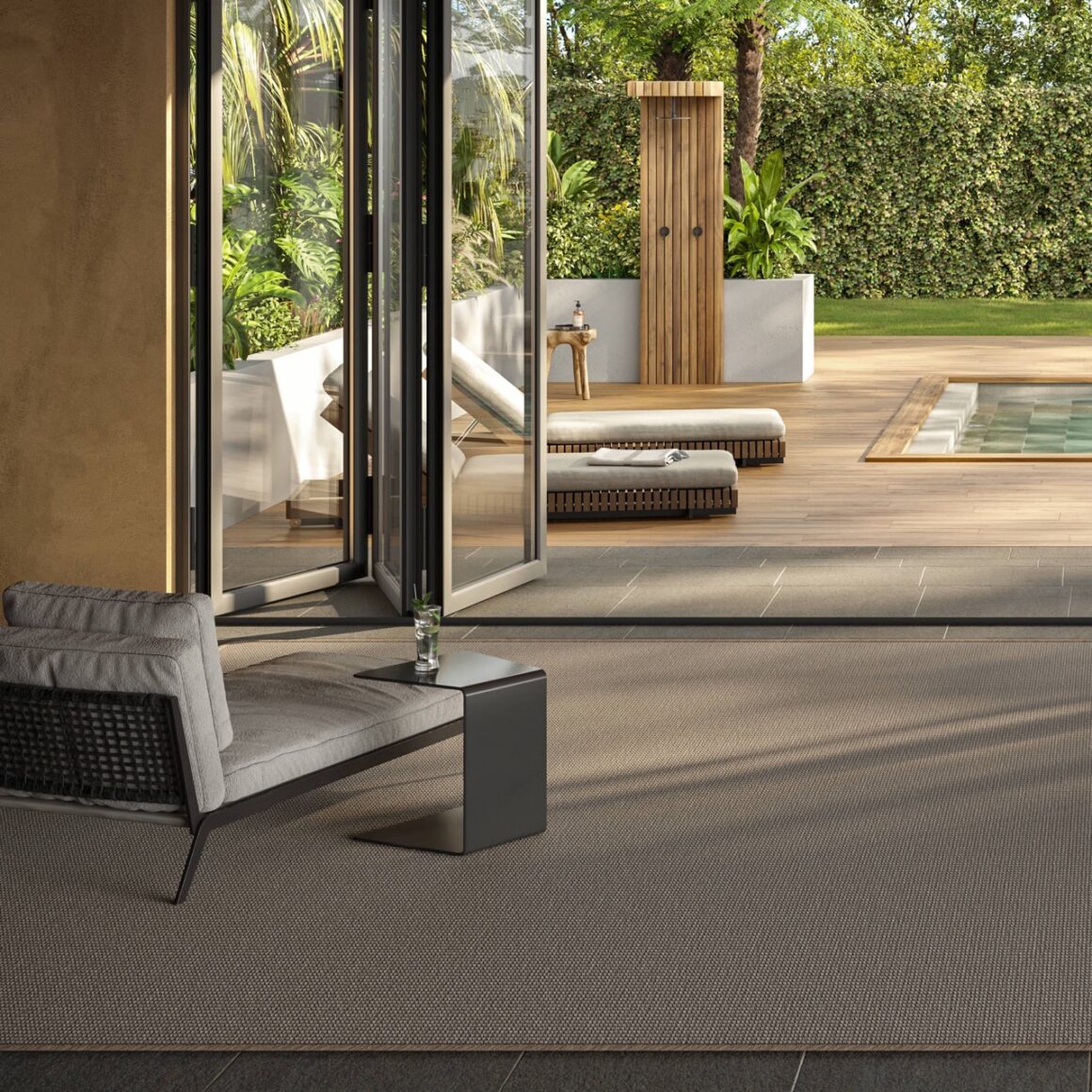
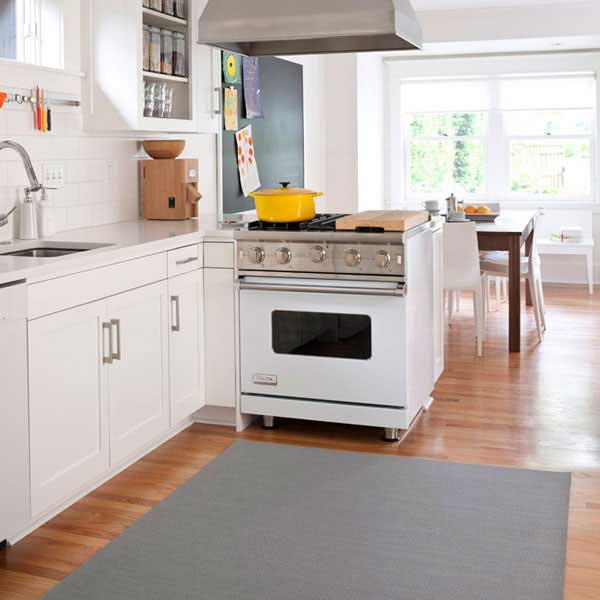
Need more details about how to choose the right material for your next custom rug?
Our Everything You Need To Know series has the information you need.
Creating an outdoor gathering space?Need just the right amount of shade? Our guides are here for you.


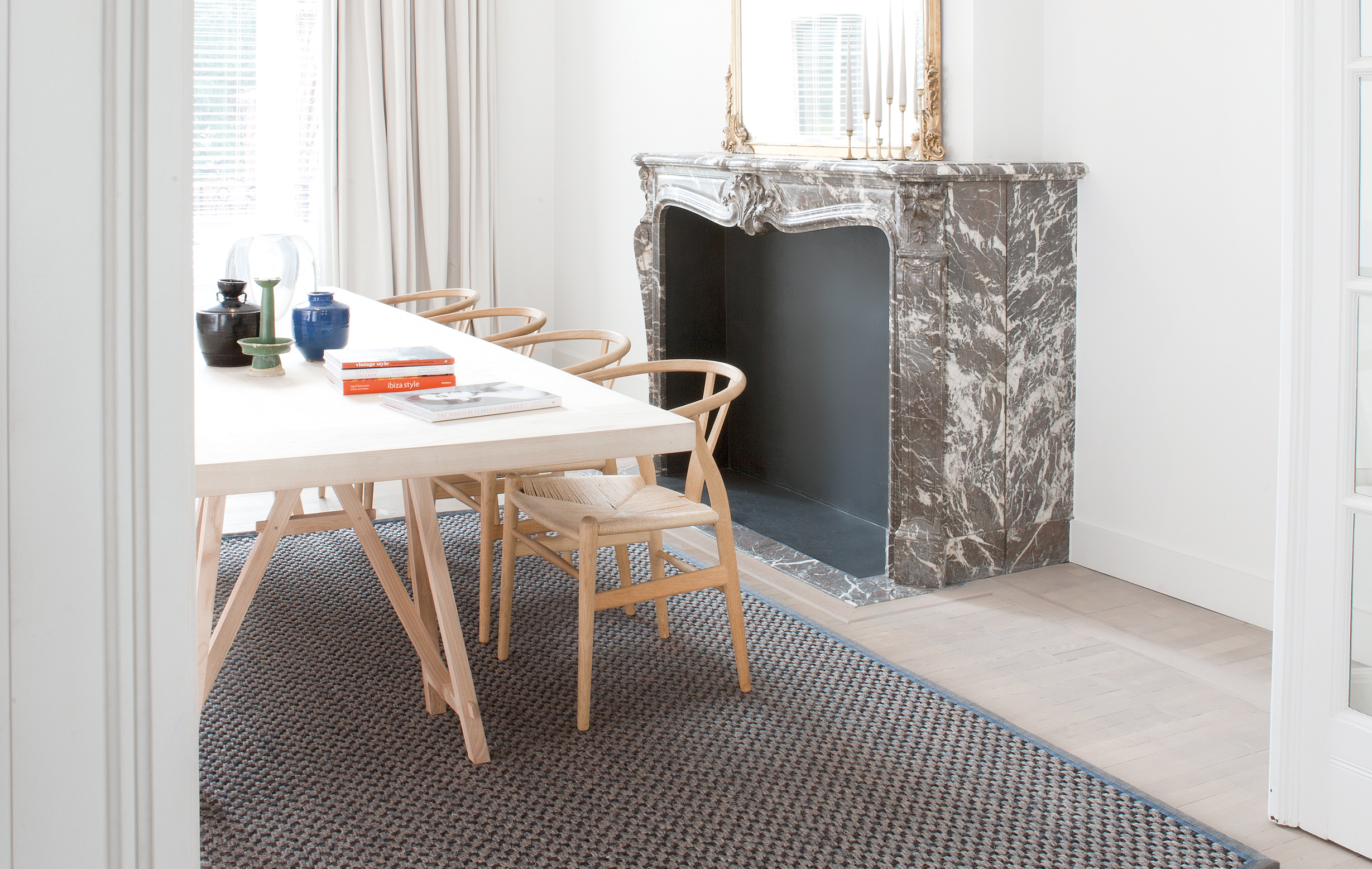
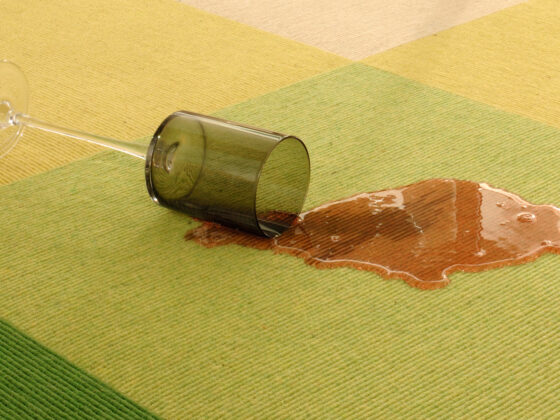
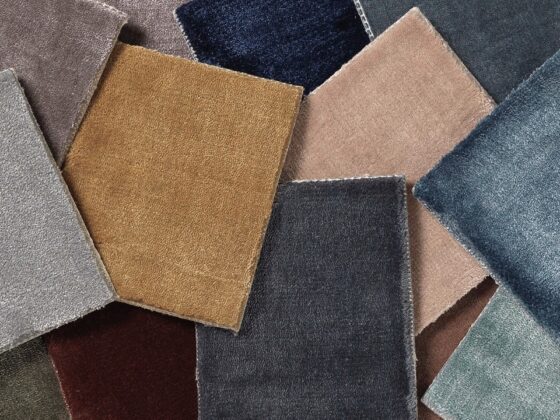
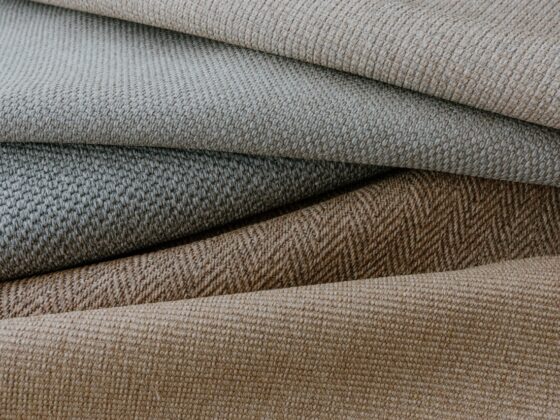
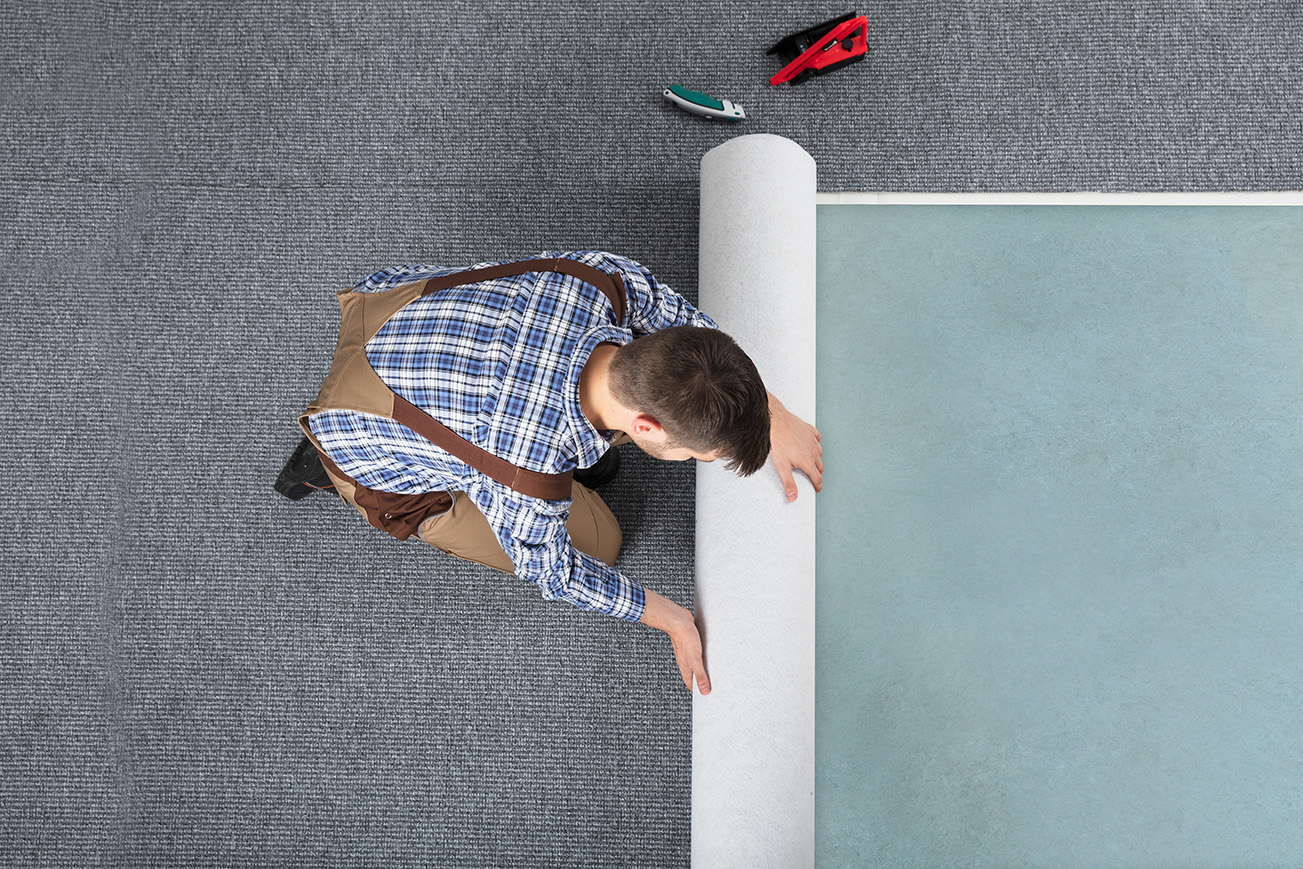

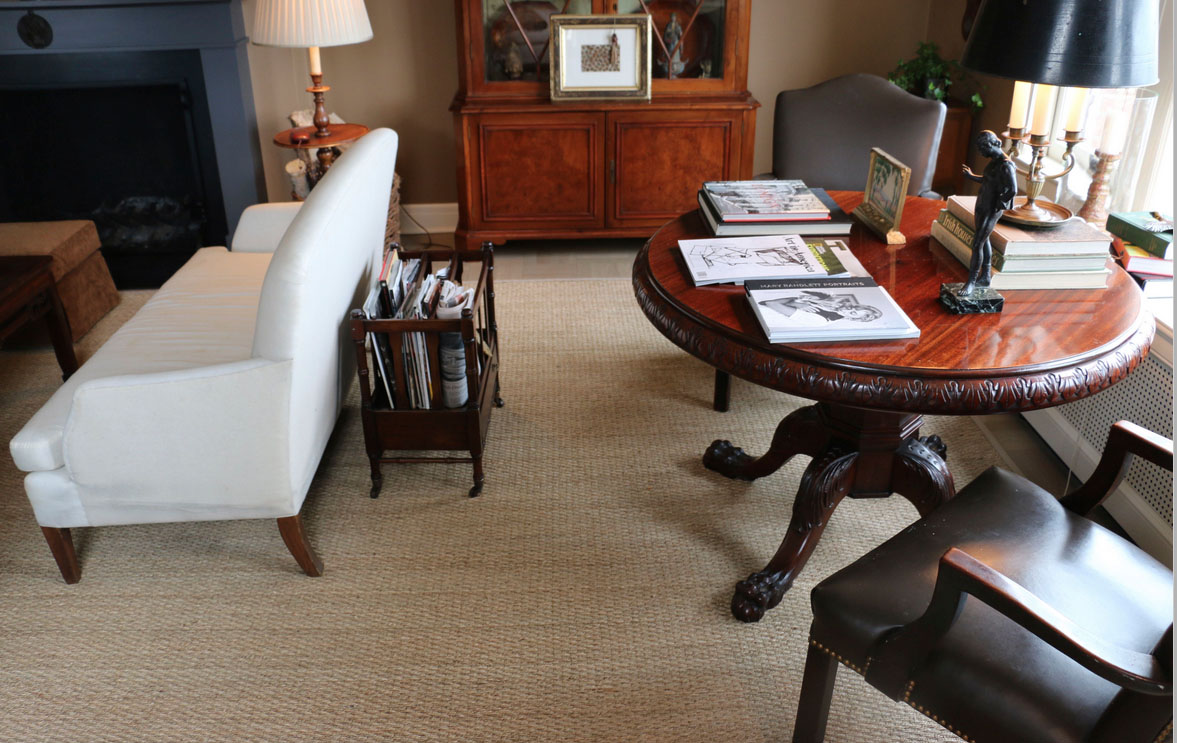
3 comments
Attractive section of content. Thank you for the good write up.
If I had to give a great example of top quality content, this article would be it. It’s a well-written commentary that holds your interest.
Thank you! Kind regards.